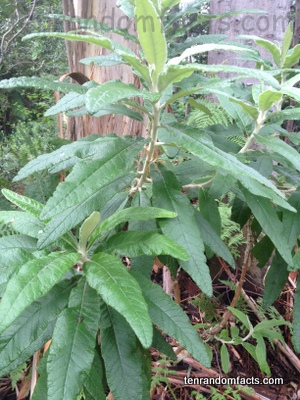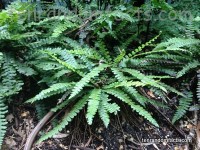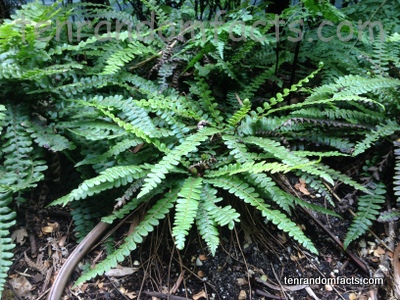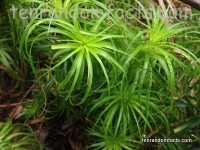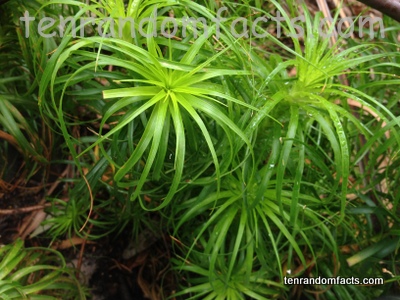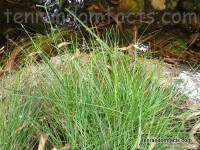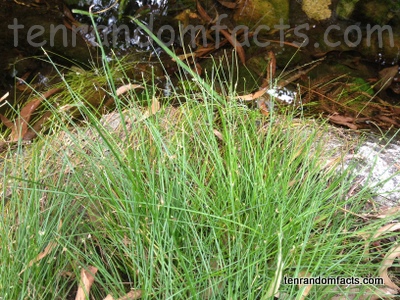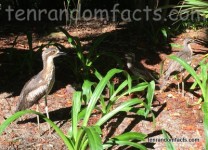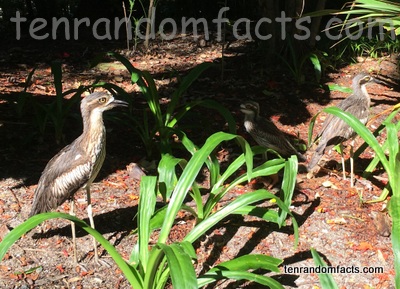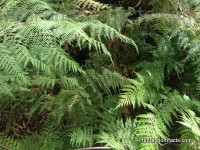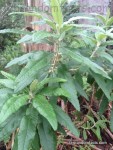
Blanket leaves are literally blanketed in leaves.
- Blanket leaves are small trees or large shrubs that are native to parts of Australia’s southeast, and are found in the states of Tasmania, New South Wales and Victoria.
- The scientific name of a blanket leaf is Bedfordia arborescens and it is from the family Asteraceae, the family of daisies, and it is very similar to some other species in the Bedfordia genus.
- Blanket leaf plants generally reach heights between 3 and 5 metres (10 to 16 feet), although they can grow up to 8 metres (26 feet) tall.
- ‘Blanket leaves’ are also known as ‘blanket bushes’, ‘tree blanketleaves’, ‘tree blanketferns’, and ‘flannel leaves’.
- The small flowers that bloom on a blanket leaf plant are coloured yellow and grow in clusters, while the leaves are a green colour on the top side and a white colour on the underside.
- Blanket leaves are found in rainforest and other forest habitats, particularly those in mountainous areas, and in Tasmania they are a vulnerable species due to environmental factors and the small proportion of suitable land available for the plant.
- The underneath of blanket leaf leaves are typically covered with white fuzz, made up of numerous white hairs, which also occurs on new branches.
- Blanket leaves bloom during the spring months, generally between October and January.
- The fruit of a blanket leaf plant is very small, reaching approximately two to three millimetres (0.08 to 0.12 inches) in diameter, and the seeds are dispersed with the wind.
- Blanket leaves grow best in partly shady areas, and in moist soil conditions, and they are able to withstand snow and frost.
Bibliography:
Bedfordia arborescens, n.d, Tasmanian Government, http://dpipwe.tas.gov.au/Documents/Bedfordia-arborescens-LS.pdf
Bedfordia arborescens, n.d, Welcome to Yarra Ranges, http://fe.yarraranges.vic.gov.au/Residents/Trees_Vegetation/Yarra_Ranges_Plant_Directory/Yarra_Ranges_Local_Plant_Directory/Middle_Storey/Trees_3-25m/Bedfordia_arborescens
Bedfordia arborescens, 2013, Wikipedia, https://en.wikipedia.org/wiki/Bedfordia_arborescens
Bedfordia arborescens—Blanket Leaf, Flannel Leaf, Blanket Bush—ASTERACEAE, 2012, Flora of the Mid North Coast of New South Wales, http://floragreatlakes.info/html/rfspecies/bedfordiaa.html
Bedfordia arborescens Hochr., n.d, PlantNET, http://plantnet.rbgsyd.nsw.gov.au/cgi-bin/NSWfl.pl?page=nswfl&lvl=sp&name=Bedfordia~arborescens




